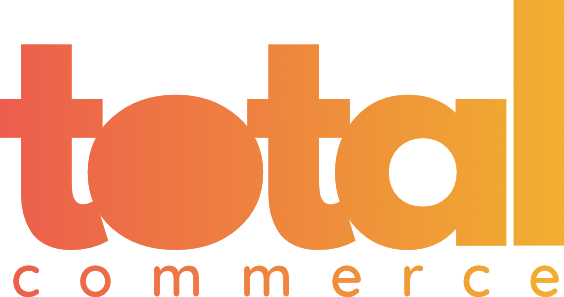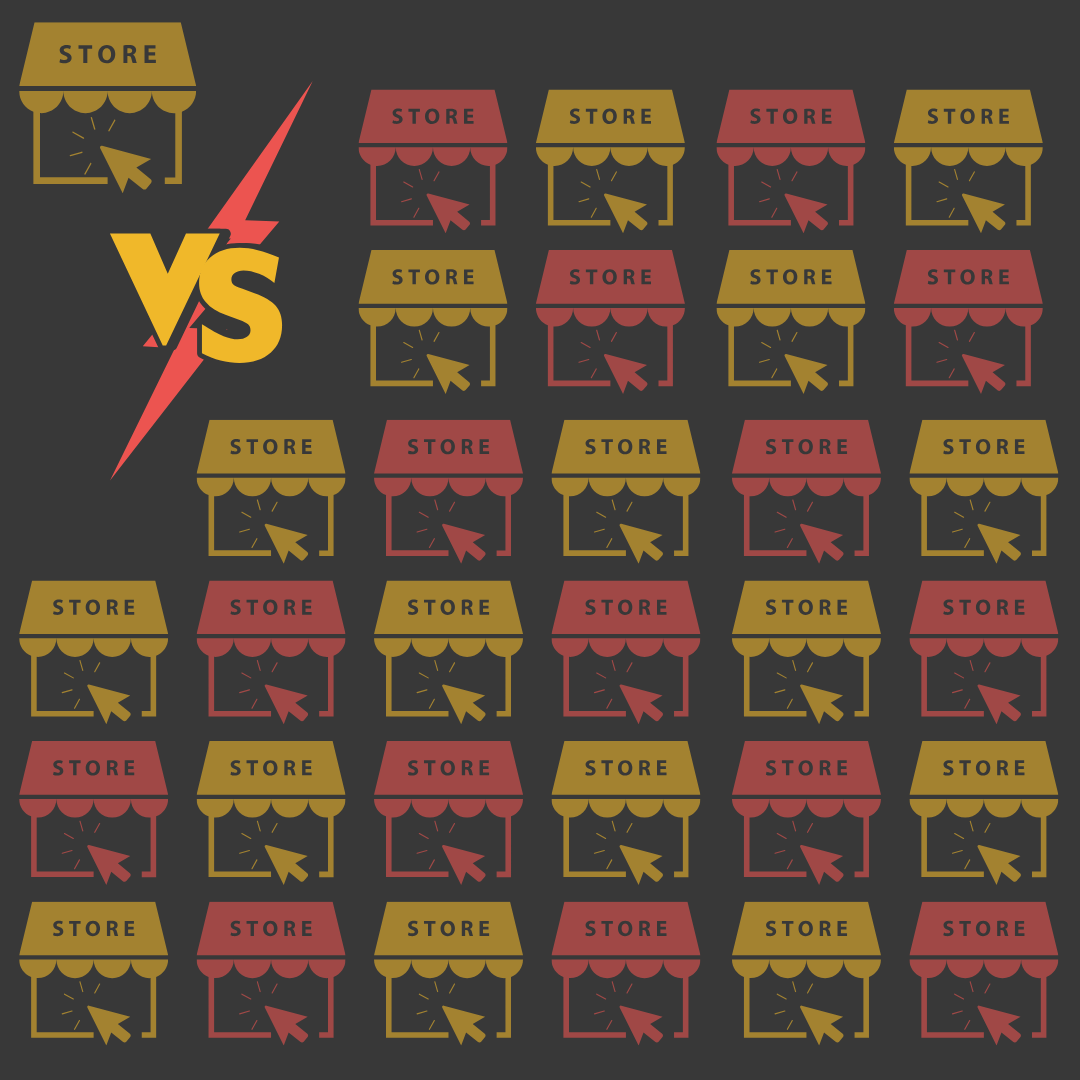Most merchants come to Shopify thinking about products. It is the classic image: a digital storefront with a catalog of things you can touch, wear, or hold. But in reality, Shopify’s flexibility makes it just as powerful for selling intangible services. This could be anything from business coaching to virtual wellness retreats, or, in our case, something more structured and high-stakes like instructor training.
Selling services changes the rules. You’re not packing boxes, but you are delivering an experience that starts with a click and continues well past the checkout page. You have to manage communication, make sure you’re compliant with any industry regulations, and ensure customers feel supported through the entire process.
I once worked with a training company that thought selling courses online would be as simple as listing them like books. Within weeks, they realized they needed a far more deliberate process to capture student information, schedule sessions, and track attendance, all within the same system that handled the sale. Shopify could do it, but it needed to be set up strategically.
In this article, we’ll explore three important aspects of selling a service like instructor training on Shopify:
- Linking forms in confirmation emails
- Creating consistent digital SKUs
- Balancing compliance with a great user experience
Linking Forms in Confirmation Emails
When a customer buys a physical product, the order confirmation email is often the end of their interaction until the package arrives. For services, that confirmation email is just the beginning.
Imagine signing up for a professional certification course, feeling excited, and then realizing you have no idea what to do next. That uncertainty creates friction, and in some cases, can even lead to dropouts before the course starts. This is where linking a form directly in the confirmation email makes a difference.
When someone purchases instructor training, you might need them to:
- Fill out a registration or intake form so you have their correct contact information and availability.
- Submit prerequisite documentation such as proof of prior qualifications or certifications.
- Select their preferred training date or module to reserve their spot.
To set this up in Shopify, you can edit your Order Confirmation template within the platform’s notification settings. This allows you to insert a direct link to your intake form. The language you use matters too. A clear, personalized message like “Hi {{ customer.first_name }}, we’re excited to have you in our Instructor Training program. Please complete this form to confirm your training date” will feel more engaging than a generic instruction.
Some service sellers also add conditional logic so the form link only appears for orders that include a training SKU, keeping other customers’ emails clutter-free. Over time, you’ll find that customers who receive these links and complete them promptly tend to have a much smoother onboarding experience.
Creating Consistent Digital SKUs
When you sell services, it’s tempting to skip SKUs entirely. After all, you’re not storing them in a warehouse. But consistent digital SKUs are your best friend for keeping your backend organized, tracking sales accurately, and avoiding confusion as your offerings grow.
I once saw a service-based Shopify store that named its training products with vague titles like “Advanced” and “Basics.” The problem came when pulling reports or searching historical orders. It was impossible to know which course, location, or delivery format had been sold without digging into each order individually.
By creating a clear SKU structure, you gain a shorthand that tells you everything you need to know about the service purchased. A good approach is to start with a category code, such as TRN for training, then add specificity for the type or level, such as TRN-ADV for advanced. If delivery format matters, add that too, like TRN-ADV-ONLINE for a remote course versus TRN-ADV-ONSITE for an in-person session.
You can also incorporate timing into your SKU, for example: TRN-BSC-2025-Q1, which could represent Basic Instructor Training for the first quarter of 2025. Even though you don’t track “inventory” in the same way as products, you can still assign a quantity per available seat and let Shopify automatically prevent overselling.
This extra layer of organization not only helps with day-to-day operations but also makes quarterly or annual performance reviews much easier.
Compliance and UX Considerations
For some services, particularly in training and certification, compliance isn’t optional, it’s a requirement. You might be dealing with safety regulations, accreditation standards, or industry-specific rules. All of this needs to be balanced against the customer’s experience, which should still feel clear, simple, and welcoming.
Compliance might mean you have to:
- Capture specific participant details such as identification numbers or professional licenses.
- Include disclaimers or waiver agreements that participants must consent to before attending.
- Keep secure, time-stamped records of sign-ups and course completions for auditing purposes.
The way you implement these requirements affects how customers feel about the process. If you scatter requests for documents and signatures across multiple emails, it becomes a frustrating scavenger hunt. A better approach is to map the entire post-purchase process so the steps are logical and easy to follow.
For example, one training provider built a confirmation email that clearly outlined the next three steps after payment: complete the intake form, upload credentials, and choose a training date. Customers knew exactly where they were in the process at all times, and the provider met every compliance standard without adding extra back-and-forth.
Small touches help here. Make sure forms are mobile-friendly so customers can complete them from their phone, and send immediate confirmation once their materials are received. If your budget allows, a customer portal where participants can log in, check their training status, and see what’s pending can be a big differentiator.
From Click to Classroom: Making the Journey Seamless
Selling a service like instructor training on Shopify is more than just putting a “Buy Now” button on your site. It’s about guiding people from that moment of purchase through all the necessary steps until they’re fully prepared to participate.
By linking essential forms directly in confirmation emails, you set the tone for organized and professional communication from day one. By creating consistent SKUs, you ensure operational clarity that benefits both you and your customers. And by marrying compliance requirements with user-friendly design, you turn what could be a bureaucratic process into a seamless, reassuring journey.
When you think beyond the sale and focus on every step of the experience, you’re not just selling a service, you’re building trust, credibility, and a customer relationship that extends far beyond a single transaction.




